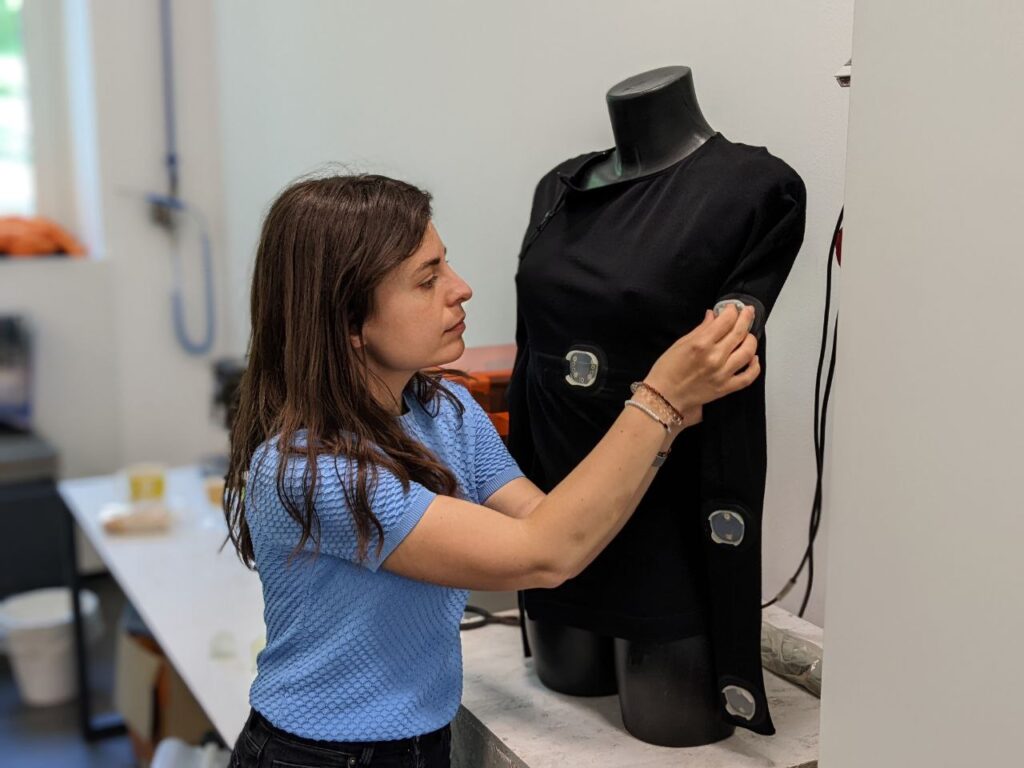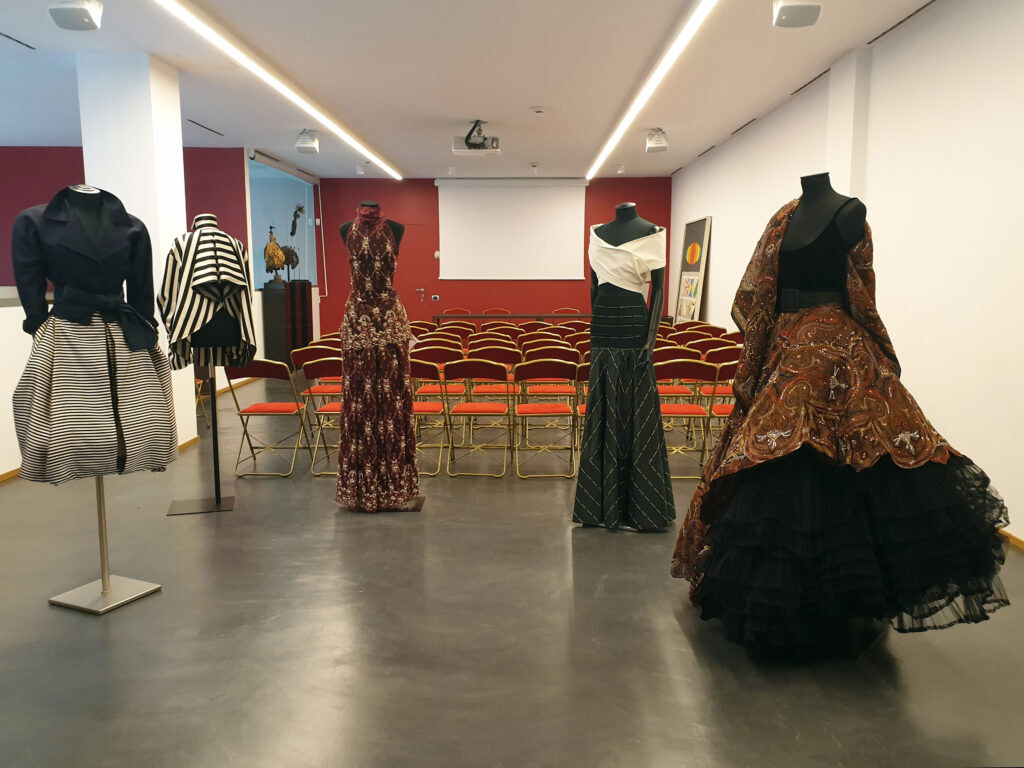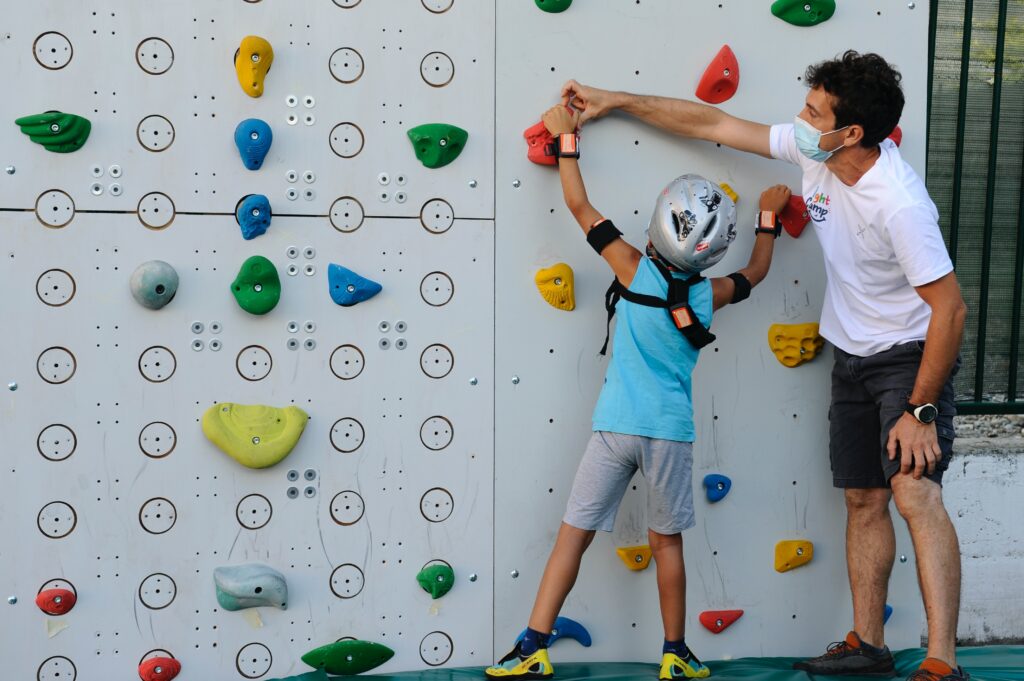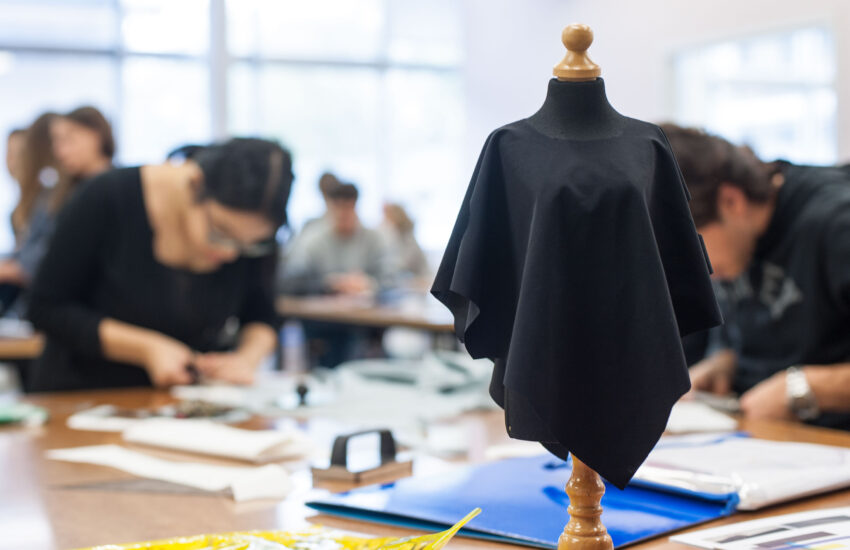The month of June this year can be considered like never before the ‘month of Design’, especially for those who live in Milan. Design Week 2022 was even more intense and full than usual, with both an atmosphere that was familiar to all of us and an air of new beginnings.
Then, there were also the Compasso D’Oro awards, which, according to tradition, also rewarded politechnic projects and personalities: one Compasso d’Oro went to the publication Designing in Dark Times, with Virginia Tassinari in the role of editor; another Compasso d’Oro rewarded the career of Michele De Lucchi; plus two honourable mentions and four Targa Giovani for students.
In this issue of Frontiere, we will explore the different and sometimes surprising ways in which the paths of Italian design and the Politecnico di Milano are intertwined.
To talk to you about the present, we will first of all retrace the past, our roots. We will explain to you, in our historical column, how design, for the first time in Italy, was affirmed as a distinct subject in the classrooms and laboratories of the Politecnico. We will continue by illustrating some interesting products designed at the Politecnico, based on sensors, in the field of health and well-being, sports, rehabilitation and diagnostics. We will take you on a tour of the Gianfranco Ferré Research Centre, held in our Historical Archives.
We then met Kjetil Trædal Thorsen, founder of the firm Snøhetta, who talked to us about the urgency of protecting the most fragile landscapes. The interview took place at the inauguration of the ‘Arctic Nordic Alpine’ exhibition, which you can visit for free in the atrium of the School of Architecture until 27 July.
You can also listen to the latest Voci di Frontiere podcast: Giuliano Noci, Professor of Strategy & Marketing, explains the metaverse, what it “serves”, but above all where we are at and where we are going.

Technology at the service of health at the TEDH laboratory
This month we visit the TEDH – Technology and Design for Healthcare laboratory, specialized in the field of health and wellness, which is divided between Bovisa and Lecco. Our tour was led by the youngest researchers at the laboratory: Maria Terraroli and Martina Scagnoli, who told us how design, technology and humans converge in their research, which always focuses on the individual and their needs.
They talked to us about the projects they are working on at the moment. Bluebelly keeps mothers and pregnant women in contact with gynaecologists and obstetricians, through a self-assessment questionnaire. Multimodal Wearable -TUTA is instead a system of wearable devices that monitor vital parameters and the correct execution of physical exercises during a rehabilitation process to return to work.
Voci di Frontiere – Discovering metaverse
The metaverse: what it is and what it “serves”, but above all where we are and where to go. Giuliano Noci, Professor of Strategy & Marketing, talks about it.
The northern architect who protects fragile landscapes
On 7 June, we inaugurated the ‘Arctic Nordic Alpine’ exhibition of contemporary architecture in vulnerable landscapes, which investigates the impact that new creations could have on extreme geographic environments.
On this occasion, we met Kjetil Trædal Thorsen, founder of the international firm Snøhetta. He talked to us about his training, where he got the idea of founding the firm, the most important projects, the philosophy that guides the business and his vision of the future.
In speaking to us, he revealed a sincere concern over the legacy we will leave to future generations and the urgency to protect the most fragile landscapes. ‘Nature as the Client’, which is also the title of the conference he held, summarizes the very nature of how he sees his work.
PHOTO NEWS

Gianfranco Ferré comes back to Politecnico di Milano
A great fashion designer of our times but also an alumnus of the Politecnico di Milano. With his collections, Gianfranco Ferré offered stunning displays on the most important catwalks with an approach that ranged from architecture to fashion in terms of geometry and volumes. Today, fifteen years after his death, his immense material and immaterial heritage has returned to our university.
Established at the beginning of the year, the Gianfranco Ferré Research Centre preserves and studies the large archive of the Ferré Foundation, recognized as a heritage of “particular cultural interest” by the Ministry of Culture.
The start of design at the Polimi
It’s hard to believe, but in a country home to the design capital of the world such as Italy, the first degree course in Industrial Design was only created in 1993. And it was founded specifically at the Politecnico di Milano. Tomás Maldonado and Alberto Seassaro were the founders of a course that would go on to earn total independence and become an entire faculty, and then the School of Design.
Together, we relive those extraordinary years, infused with energy, experimentation, inventiveness, during which the foundations were laid for what is now the Polimi Design System. During this period, in the corridors of the Polimi, you could bump into professors including Carlo de Carli, Achille Castiglioni, Marco Zanuso and Raffaella Crespi, today universally recognized as the masters of 100% Italian design.

Sensors integrated into climbing equipment: from sports measurements to rehabilitation
In the rather conservative field of climbing sports, technology has never really played a leading role, not even for performance measurements. The novelty of Q-Training, the invention we are talking about this month, is precisely the creation of devices that can be integrated into climbing equipment, to measure the distribution of force over time and space during the activity. The results are made available in real time and stored on an app.
We met Alessandro Colombo, head of the project, who explained to us how it works and the possible applications, which are not limited to sports, but can also include the social sphere, such as rehabilitation, particularly in paediatrics.

